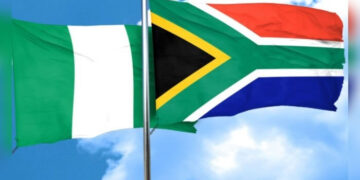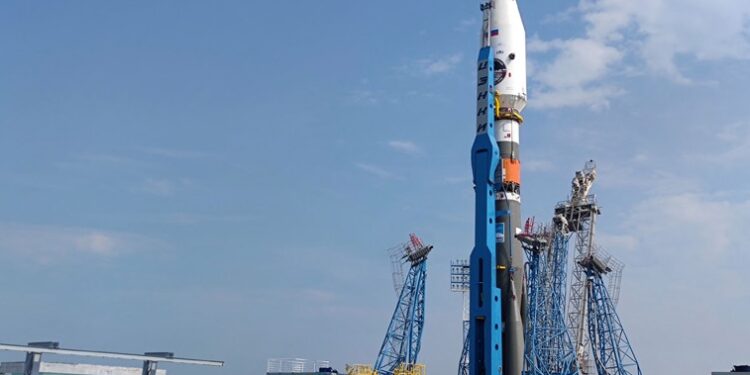By John Ikani
Russia’s Luna-25 spacecraft, an unmanned vehicle, has reportedly crashed into the Moon due to a loss of control.
The lunar mission was Russia’s return to lunar exploration after nearly five decades.
Originally intended to become the first spacecraft to land on the Moon’s southern pole, the mission faced challenges during its transition to the pre-landing orbit, which eventually led to its failure.
The primary objective was to investigate a Moon region believed to potentially contain frozen water and valuable materials.
Roscosmos, the state space corporation of Russia, announced on Sunday morning that contact with Luna-25 was lost shortly after 14:57pm (11:57 GMT) on Saturday.
A preliminary analysis indicated that the 800kg lander collided with the Moon’s surface and “ceased to exist.” These findings were reported in an official statement by Roscosmos.
A dedicated panel will investigate the reasons behind the mission’s unfortunate outcome.
This setback represents a notable disappointment for Roscosmos. Russia’s civil space program has been on a decline for years due to shifting funding towards military projects.
In the race to the Moon’s southern pole, Russia was competing with India, whose Chandrayaan-3 spacecraft is scheduled for a landing next week.
Once Chandrayaan-3 completes its landing, a brief period will be needed for dust to settle. Afterward, its six-wheeled rover will explore the Moon’s surface, capturing crucial data and images to transmit back to Earth for analysis.
The shadow-covered region of the Moon’s southern pole is substantially larger than that of the northern pole. This characteristic enhances the likelihood of discovering water in this area.
Roscosmos had acknowledged the risks associated with the Luna-25 mission, conceding that failure was a possibility. The spacecraft was launched from the Vostochny Cosmodrome in Russia’s far eastern Amur region on August 11. Subsequently, it successfully entered lunar orbit earlier this week.
The original plan was for Luna-25 to accomplish a soft landing either on Monday or Tuesday, just days prior to India’s planned touchdown.
Although the US and China have achieved soft landings on the Moon’s surface, no country had previously managed to land on its southern pole. This mission aimed to break that record.



































